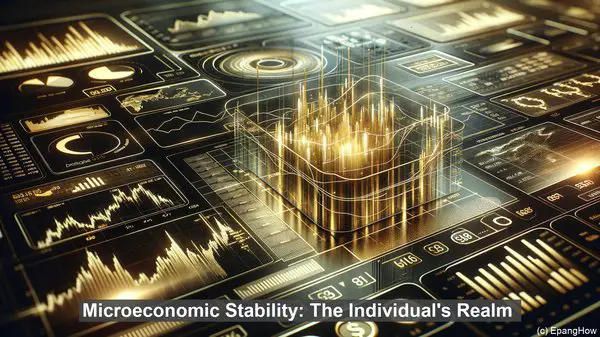Introduction: The Two Dimensions of Stability
Greetings, audience! Stability is a fundamental aspect of any economy, but it manifests in different ways. At a broader level, we have macroeconomic stability, which encompasses the overall health and equilibrium of an entire economy. On the other hand, microeconomic stability focuses on the stability of individual economic units, such as households and firms.
Macroeconomic Stability: The Bigger Picture
Macroeconomic stability is often gauged through various indicators, such as GDP growth, inflation rates, and unemployment figures. These indicators provide a snapshot of the overall health of an economy. Policies aimed at achieving macroeconomic stability often involve measures like fiscal and monetary policies, which impact the aggregate demand and supply in an economy. The goal is to maintain a balance that fosters sustainable growth and minimizes fluctuations.

Microeconomic Stability: The Individual’s Realm
While macroeconomic stability looks at the collective, microeconomic stability zooms in on the individual. It’s concerned with factors like income stability, job security, and price stability for consumers. For firms, microeconomic stability involves factors like cost predictability and market conditions. Policies that promote microeconomic stability often revolve around areas like labor market regulations, consumer protection, and competition policies.

Interplay and Implications
The realms of macroeconomic and microeconomic stability are intertwined. For instance, a stable macroeconomic environment with low inflation and interest rates can provide a conducive backdrop for businesses and individuals to plan their activities. Conversely, microeconomic factors, such as changes in consumer spending patterns, can have ripple effects on the overall economy. Understanding this interplay is crucial for policymakers and analysts alike.
